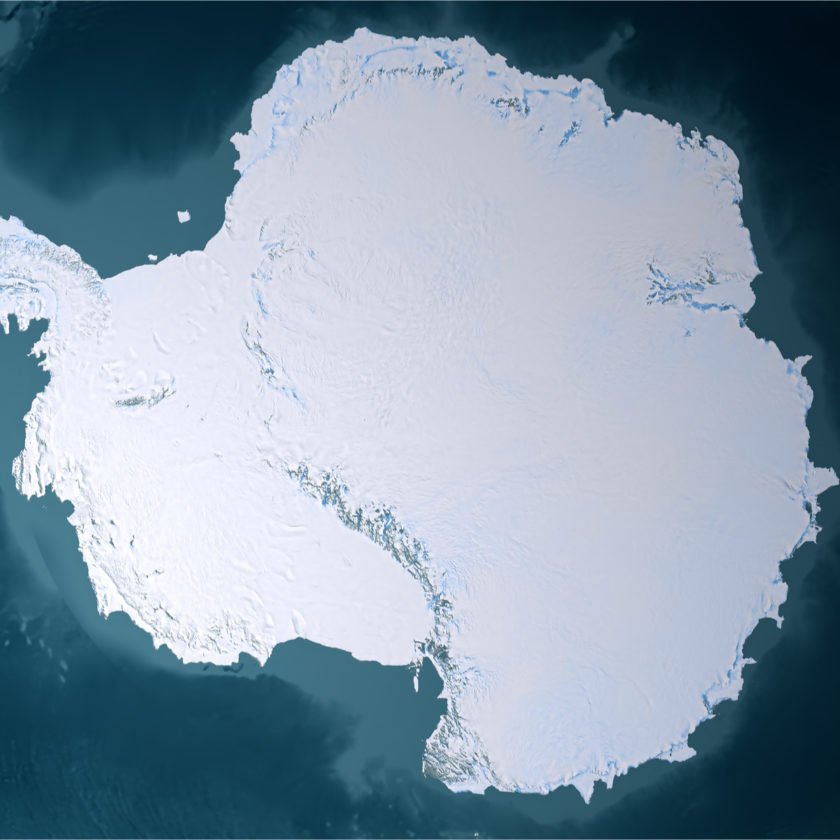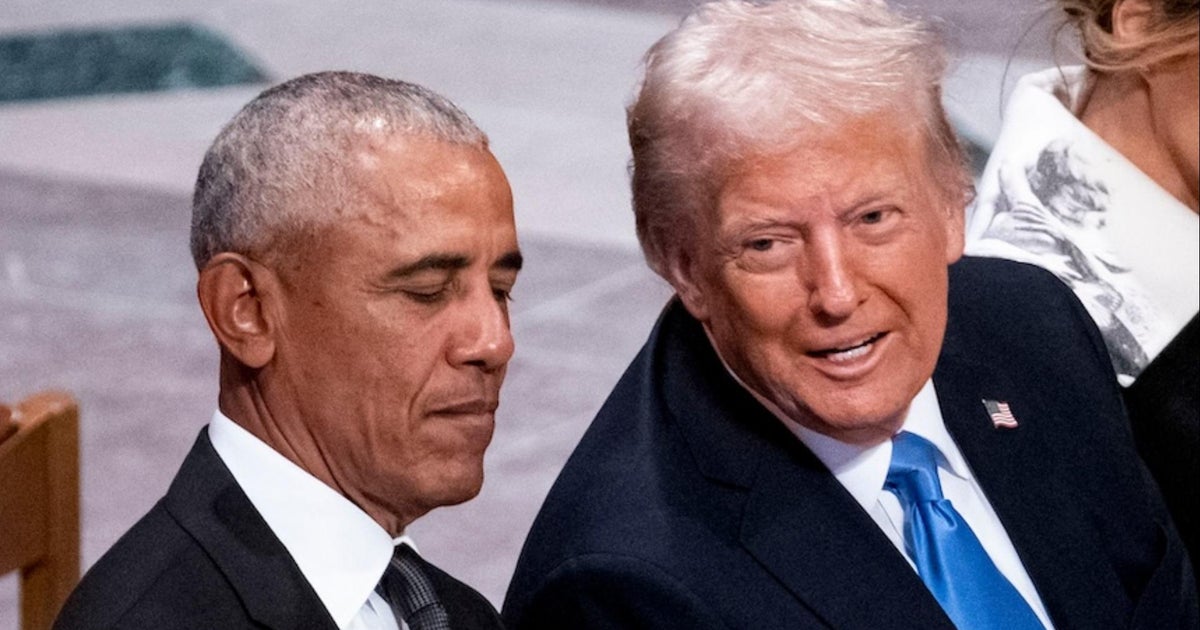
The Trump Doctrine and the Future of Antarctic Resource Claims: A New Era Dawns on the Frozen Continent
The vast, pristine wilderness of Antarctica, long a symbol of international cooperation and scientific endeavor, finds itself at a critical juncture. As the world grapples with evolving geopolitical landscapes, the potential return of a “Trump Doctrine” signals a significant shift in how nations, particularly the United States, might view and interact with the frozen continent, especially concerning its burgeoning resource potential. This post delves into what a Trump-era approach could mean for the future of Antarctic resource claims and what it means for you as an informed global citizen.
The Antarctic Treaty System: A Delicate Balance
For over six decades, the Antarctic Treaty System has been the bedrock of peace and scientific exploration on the continent. Its cornerstone is the Antarctic Treaty of 1959, which designates Antarctica as a continent for peace and science, banning military activity and prohibiting the exploitation of mineral resources. This treaty, signed by twelve original consultative parties, effectively froze territorial claims and ensured a collaborative approach to the continent.
However, the treaty is not static. It is subject to interpretation and, crucially, to the political will of its signatory nations. Understanding this historical context is vital to appreciating the potential impact of any shifts in US policy.
Unpacking the “Trump Doctrine”: A Focus on National Interest
While not a formally codified doctrine, the “Trump Doctrine” in foreign policy generally emphasizes an “America First” approach. This typically translates to prioritizing national economic interests, questioning existing international agreements that are perceived as disadvantageous to the US, and asserting national sovereignty.
Applied to Antarctica, this could manifest in several ways:
- Re-evaluation of Funding and Commitments: Recent discussions and proposals have highlighted potential deep funding cuts to US Antarctic programs, particularly those managed by the National Science Foundation (NSF). Such cuts could be interpreted as a scaling back of US leadership and logistical capabilities on the continent.
- Skepticism towards International Agreements: A willingness to renegotiate or withdraw from international commitments perceived as restrictive could extend to the Antarctic Treaty System itself, or at least its interpretation regarding resource exploitation.
- Emphasis on Economic Opportunities: The doctrine’s focus on economic growth might lead to a renewed interest in the potential economic value of Antarctica’s untapped resources.
Antarctica’s Untapped Potential: A Growing Global Interest
Antarctica is not merely an ice-covered wasteland. Beneath its frozen exterior lie vast reserves of natural resources, including:
- Minerals: Significant deposits of iron ore, coal, copper, and precious metals are believed to exist.
- Hydrocarbons: Offshore regions may hold substantial reserves of oil and natural gas.
- Freshwater: Antarctica holds approximately 70% of the world’s freshwater, although its extraction is currently impractical.
While the Protocol on Environmental Protection to the Antarctic Treaty (Madrid Protocol), adopted in 1991, currently prohibits all mining activities for at least 50 years (until 2048), and requires a consensus to lift the ban, the growing global demand for resources and the strategic importance of these potential reserves cannot be ignored. Nations like China, with its stated goal to “understand, protect, and exploit” Antarctica, are actively increasing their presence and scientific infrastructure, raising the stakes for other players.
The Shifting Sands of Resource Claims: What Could Change?
A “Trump Doctrine” approach could significantly alter the landscape of Antarctic resource claims in the following ways:
H2: Direct Resource Exploitation
The most dramatic potential shift would be a US move to challenge the mining moratorium. This could involve:
- Withdrawing from the Madrid Protocol: While a drastic step, it would technically remove the current prohibition on mining.
- Advocating for Regulated Extraction: Instead of outright exploitation, a “managed” approach to resource extraction could be proposed, allowing for commercial activity under strict international regulations.
H2: Geopolitical Competition and Assertions
Even without direct exploitation, a more assertive US stance could:
- Reignite Territorial Disputes: While the Antarctic Treaty froze existing territorial claims, a shift in US policy might embolden nations to reassert or expand their claims, leading to increased geopolitical tension.
- Strengthen Strategic Presence: Increased investment in Antarctic infrastructure, naval presence, and logistical capabilities could be framed as securing national interests, potentially mirroring activities in other strategically important regions like the Arctic.
H2: The Impact on Scientific Research
The potential budget cuts to US Antarctic science programs are a significant concern. Reduced funding could:
- Diminish US Leadership in Science: This could cede ground to other nations and hinder crucial research into climate change, oceanography, and glaciology, all of which have direct implications for global stability and your future.
- Impact Logistical Support: Reduced funding for research stations and icebreaker support could make it more difficult for scientists from all nations to conduct their work, undermining the collaborative spirit of the Treaty.
Navigating the Future: Your Role as an Informed Citizen
The future of Antarctic resource claims under a potential “Trump Doctrine” is complex and uncertain. However, understanding these potential shifts is crucial. Here are some takeaways for you:
- Stay Informed: Keep abreast of developments in Antarctic policy and the broader geopolitical discussions surrounding the continent.
- Support Scientific Endeavor: Advocate for continued investment in scientific research in Antarctica, as this research is vital for understanding our planet’s climate and future.
- Recognize the Interconnectedness: Antarctica’s health and stability have global ramifications, impacting sea levels, weather patterns, and biodiversity.
The coming years will undoubtedly test the resilience of the Antarctic Treaty System. As the world contemplates a renewed “America First” era, the frozen continent stands as a stark reminder of the delicate balance between national interests and global cooperation. The decisions made now will shape not only the future of this unique environment but also the broader international order.
Key Considerations for a Trump-Era Antarctic Policy:
| Potential Policy Shift | Implications for Resource Claims |
|---|---|
| Reduced NSF Funding | Weakened US scientific presence, potential decline in logistical support, ceded leadership to competing nations, impacting future data collection crucial for resource assessment and environmental monitoring. |
| Questioning Madrid Protocol | Increased debate over the mining moratorium (in effect until 2048), potential for early challenges to the ban, and heightened risk of a move towards regulated resource extraction. |
| “America First” Assertiveness | Renewed focus on US strategic interests in Antarctica, possible reassertion of existing territorial claims (though unlikely to be formally pursued under the current treaty framework), increased geopolitical competition with other major powers like China and Russia over influence and access. |
| Emphasis on Economic Growth | Greater consideration of the potential economic benefits of Antarctic resources, potentially shifting the long-term dialogue from preservation to controlled exploitation. |
The choices made today regarding Antarctica will echo for generations. Your awareness and engagement are more critical than ever.

Additional Information
The Trump Doctrine and the Shifting Sands of Antarctic Resource Claims
The return of Donald Trump to the White House heralds a potential paradigm shift in U.S. foreign policy, and its implications for Antarctica are particularly significant. While often perceived as a remote continent dedicated to science and peace, Antarctica is increasingly becoming a focal point for geopolitical competition, especially concerning its vast, untapped resources. The “Trump Doctrine,” characterized by an “America First” approach, a skepticism towards international agreements, and a pragmatic focus on national interests, could dramatically alter the established order governing this frozen continent and pave the way for renewed, and potentially contentious, Antarctic resource claims.
The “America First” lens on Antarctica:
The core tenet of the Trump Doctrine, “America First,” suggests a re-evaluation of U.S. commitments and investments abroad. This has already manifested in proposed significant funding cuts to the National Science Foundation (NSF), the primary agency responsible for U.S. scientific research and logistical support in Antarctica. As highlighted by multiple sources, these cuts threaten to “erode the United States’ presence” and “sabotage science” at a critical juncture.
The rationale behind such cuts, as hinted at by the connection to Trump’s skepticism about climate change, could be a perceived lack of direct, immediate economic benefit to the United States. This pragmatic, transactional approach stands in stark contrast to the more collaborative, science-driven rationale that has historically underpinned U.S. engagement in Antarctica.
Undermining the Antarctic Treaty System?
The Antarctic Treaty System (ATS), established in 1959, has been remarkably successful in preserving Antarctica for peaceful purposes and scientific cooperation. Crucially, it defers any decisions regarding territorial claims, effectively freezing them in place. The treaty also prohibits military activities and resource exploitation.
However, the Trump Doctrine’s inherent skepticism towards multilateral agreements and its emphasis on national sovereignty could challenge the ATS. If the U.S. significantly reduces its scientific presence and funding, it could be perceived as a withdrawal of commitment to the existing framework. This vacuum could be exploited by other nations that are increasingly vocal about their interests in the continent.
The Growing Interest in Antarctic Resources:
While the ATS currently prohibits resource exploitation, this prohibition is not indefinite. The treaty allows for review, and the increasing global demand for resources, coupled with the potential impact of climate change on ice melt, is bringing Antarctica’s vast mineral, oil, and gas reserves into sharper focus.
China, in particular, has been increasingly assertive in its Antarctic ambitions. As noted by Foreign Policy, President Xi Jinping has clearly articulated Beijing’s intent to “understand, protect, and exploit” Antarctica. China’s growing investment in scientific research stations, icebreakers, and logistical capabilities signals a long-term strategy to secure a foothold on the continent.
Russia also maintains a significant presence and has historically harbored its own territorial claims, which were suspended under the ATS. A weakened U.S. commitment could embolden Russia to re-examine its position.
Potential Scenarios and Implications:
A Trump administration focused on “America First” could lead to several outcomes for Antarctic resource claims:
- Reduced U.S. Leadership and Influence: Deep funding cuts to Antarctic science and logistics by the NSF and other agencies like NOAA could diminish U.S. leadership in scientific research and governance. This could weaken the U.S.’s ability to shape the discourse and uphold the principles of the ATS.
- Renewed Territorial Claims and Resource Competition: A perception of U.S. disengagement might embolden other nations to revive dormant territorial claims or to push for the renegotiation of the resource exploitation moratorium. This could lead to a scramble for influence and a race to secure access to potential resources.
- “Selective Engagement” and Transactional Approach: Instead of a broad commitment to the ATS, the U.S. might adopt a more transactional approach, prioritizing specific national interests, such as access to scientific data or strategic positioning, while perhaps being less invested in the broader preservation and governance aspects.
- Impact on Climate Science: The potential sabotage of Antarctic science, as highlighted by Nature and The Atlantic, could have devastating consequences for understanding climate change. Antarctica plays a crucial role in global climate regulation, and a decline in U.S. research capacity would be a significant loss for the international scientific community and for global climate action.
- Rise of Bilateral Agreements: In a fragmented international landscape, the U.S. might pursue bilateral agreements with other nations regarding scientific cooperation or resource exploration, potentially bypassing or weakening the multilateral ATS.
The Future of U.S. Presence:
The search results suggest a grim outlook for the U.S. presence in Antarctica under a Trump administration. Scientists fear being “forced off the icy continent” due to budget cuts. This would be a monumental shift from the U.S.’s historical role as a major player in Antarctic exploration and governance.
Conclusion:
The “Trump Doctrine” presents a significant challenge to the established order in Antarctica. Its emphasis on “America First” and a pragmatic, transactional approach to foreign policy could lead to a withdrawal of U.S. scientific and logistical support, thereby weakening its leadership in upholding the Antarctic Treaty System. This, in turn, could embolden other nations with growing resource interests to push for changes, potentially leading to renewed territorial claims and a scramble for the continent’s vast natural wealth. The future of Antarctic resource claims hinges on how the U.S. chooses to engage with the continent under the new administration, and the choices made will have profound implications for global governance, scientific understanding, and the environmental future of this unique and critical region. The coming years will be a critical test for the resilience of the ATS and the commitment of nations to peaceful cooperation in the face of evolving geopolitical realities.






Leave a Reply